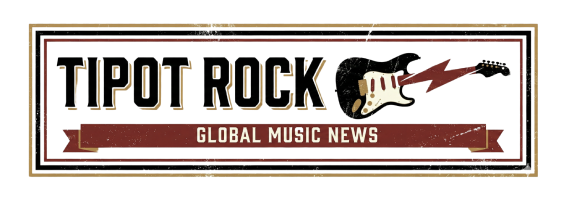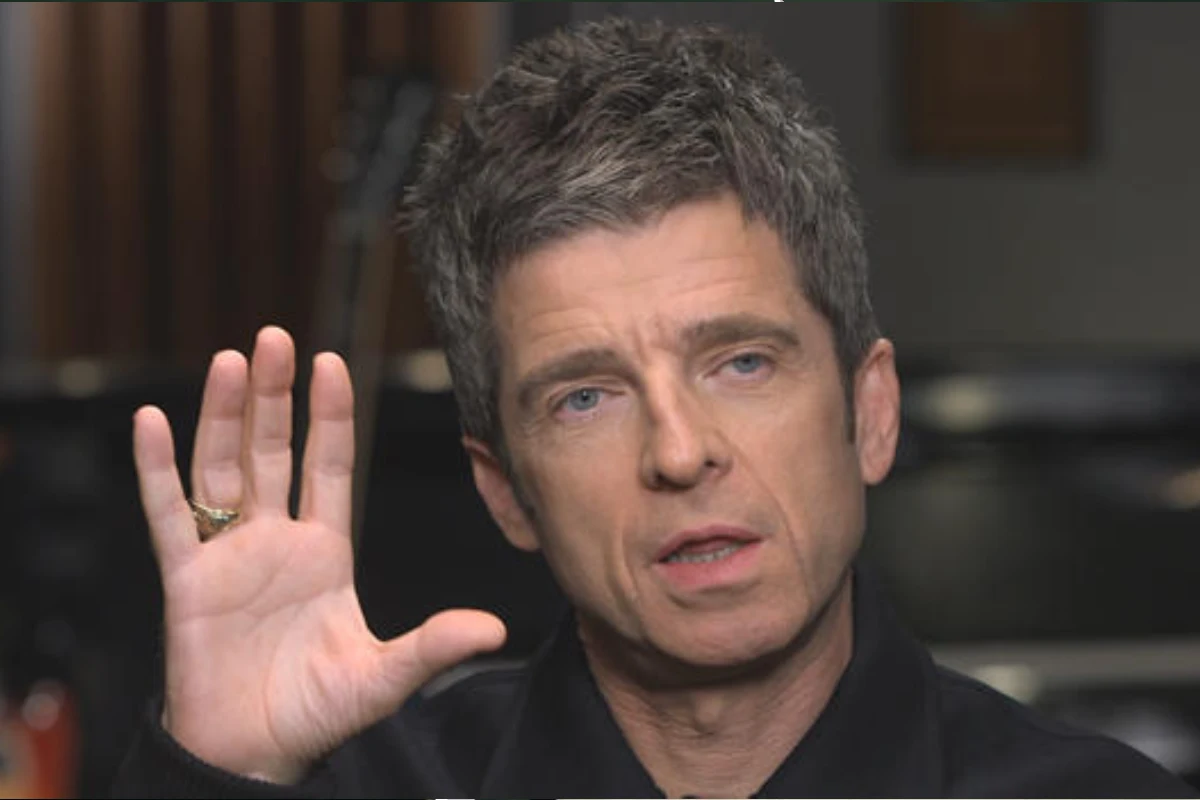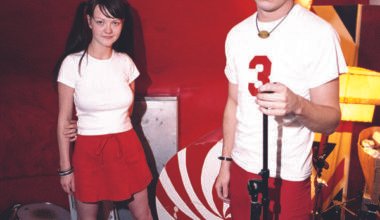When it comes to songwriting, rock bands often face a choice: stick with a winning formula or embrace change. Rush clearly falls into the latter category, as their albums, like “2112,” “Power Windows,” and “Snakes & Arrows,” showcase distinct styles that might make you think three different bands created them.
In a recent interview with Booked on Rock, Daniel Bukszpan, author of Rush at 50, discussed how the band made a concerted effort to switch gears stylistically by the dawn of the ’80s. While this shift helped them gain a larger following, it may have alienated some of their earlier fans.
Geddy Lee even mentioned that by the time of ‘Hemispheres,’ they felt their sound was becoming formulaic,” Bukszpan explained (transcribed by Ultimate Guitar).
“With ‘Farewell to Kings’ ending with ‘Cygnus X-1’ and ‘Hemispheres’ starting with ‘Cygnus X-1 Book II,’ he sensed too much similarity between the two records. The whole band agreed they needed to evolve and incorporate new elements into their music.
During this period, they drew inspiration from new wave bands like The Police, Talking Heads, and Devo, which influenced their 1980 album, Permanent Waves. This strategic shift paid off, resulting in classic tracks like “The Spirit of Radio” and “Freewill,” and the album achieved top-five status in the US, UK, and Canada.
“‘Permanent Waves’ marked a significant new direction for them,” Bukszpan noted. “It’s a vibrant album with crisp production. They aimed to make a statement, and they succeeded. This was also when synthesizers started to emerge in their sound, which did turn some fans away. Personally, I thought it sounded fantastic.”
Rush continued down this stylistic path, ultimately leading to what many consider their greatest album: 1981’s Moving Pictures.







